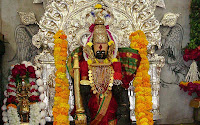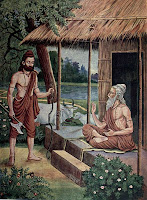Military Conquests of Alauddin Khilji

Alauddin Khilji The second ruler of the Khilji dynasty of the famed Delhi Sultanate, Alauddin Khilji was a militarist and imperialist to the core. He was very ambitious. In a haste to be the Khilji Sultan, he usurped the throne for himself by killing treacherously his loving uncle and father-in-law Jalaluddin Firuz Khilji, the founder of the Khilji Dynasty. It is natural for a self-willed and ambitious ruler to embark on the path of annexation of new territories to his kingdom. Alauddin, whose original name was Ali Gurshap, loved to style himself “the Second Alexander” (Sikander-i-Sani). As a matter of fact, with the assumption of power at Delhi begins ‘the imperial phase of the Sultanate’. Conquest of Gujarat The kingdom of Gujarat was then ruled by king Karna Dev of the Vaghelas who were feudatories of the Solanki Rajput rulers also called Chalukyas. The Gujarat kingdom was famed for vast fortunes which it acquired from sea-borne trade with Arabs and Persians. In 1


